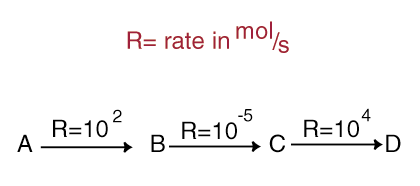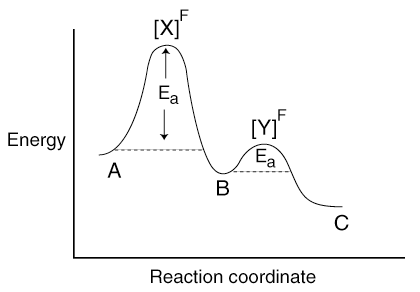Please wait while we process your payment
If you don't see it, please check your spam folder. Sometimes it can end up there.
If you don't see it, please check your spam folder. Sometimes it can end up there.
Please wait while we process your payment

By signing up you agree to our terms and privacy policy.
Don’t have an account? Subscribe now
Create Your Account
Sign up for your FREE 7-day trial
By signing up you agree to our terms and privacy policy.
Already have an account? Log in
Your Email
Choose Your Plan
Individual
Group Discount
Save over 50% with a SparkNotes PLUS Annual Plan!
 payment page
payment page
Purchasing SparkNotes PLUS for a group?
Get Annual Plans at a discount when you buy 2 or more!
Price
$24.99 $18.74 /subscription + tax
Subtotal $37.48 + tax
Save 25% on 2-49 accounts
Save 30% on 50-99 accounts
Want 100 or more? Contact us for a customized plan.
 payment page
payment page
Your Plan
Payment Details
Payment Summary
SparkNotes Plus
You'll be billed after your free trial ends.
7-Day Free Trial
Not Applicable
Renews July 19, 2025 July 12, 2025
Discounts (applied to next billing)
DUE NOW
US $0.00
SNPLUSROCKS20 | 20% Discount
This is not a valid promo code.
Discount Code (one code per order)
SparkNotes PLUS Annual Plan - Group Discount
Qty: 00
SparkNotes Plus subscription is $4.99/month or $24.99/year as selected above. The free trial period is the first 7 days of your subscription. TO CANCEL YOUR SUBSCRIPTION AND AVOID BEING CHARGED, YOU MUST CANCEL BEFORE THE END OF THE FREE TRIAL PERIOD. You may cancel your subscription on your Subscription and Billing page or contact Customer Support at custserv@bn.com. Your subscription will continue automatically once the free trial period is over. Free trial is available to new customers only.
Choose Your Plan
This site is protected by reCAPTCHA and the Google Privacy Policy and Terms of Service apply.
For the next 7 days, you'll have access to awesome PLUS stuff like AP English test prep, No Fear Shakespeare translations and audio, a note-taking tool, personalized dashboard, & much more!
You’ve successfully purchased a group discount. Your group members can use the joining link below to redeem their group membership. You'll also receive an email with the link.
Members will be prompted to log in or create an account to redeem their group membership.
Thanks for creating a SparkNotes account! Continue to start your free trial.
We're sorry, we could not create your account. SparkNotes PLUS is not available in your country. See what countries we’re in.
There was an error creating your account. Please check your payment details and try again.
Please wait while we process your payment

Your PLUS subscription has expired
Please wait while we process your payment
Please wait while we process your payment

The Rate Law
An abbreviated description of the rate law follows. If you're unfamiliar with rates of chemical reactions, you may want to visit the Kinetics SparkNote for a full explanation.

The rate law is a mathematical equation that describes the rate of the overall reaction and, by correspondence, the rate-limiting step. The rate law has great power because it describes what molecules are present in the rate-limiting step.
| X + Y → Z |
| rate = k [X]a [Y]b |
For substitution and elimination reactions, the values of a and b are zero or one. The sum of a and b is the reaction order. Substitution and elimination reactions have orders of one and two.
Let's take the formation of C from A through the intermediate B:
| A → B → C |

[X]âá and [Y]âá are transition states between A, B, and C. Transition states are high-energy molecules that exist at the peaks of an energy diagram. They are so called because they are the transitions between the reacta nts and intermediates of the reaction. They are denoted with brackets and the âá symbol. Since a transition state exists at an energy peak, it is highly unstable and cannot be isolated. In contrast, reaction intermediates like B are local e nergy minima and can be isolated (albeit not easily).
The structure of the transition state determines the activation energy. The activation energy of the rate-limiting step in turn determines the rate. Thus the rate law connects the structure of the transition state to the order of the rate law. In other words, the order of the rate law tells us what reactant molecules are present in the transition state of the rate-limiting step.
Please wait while we process your payment

